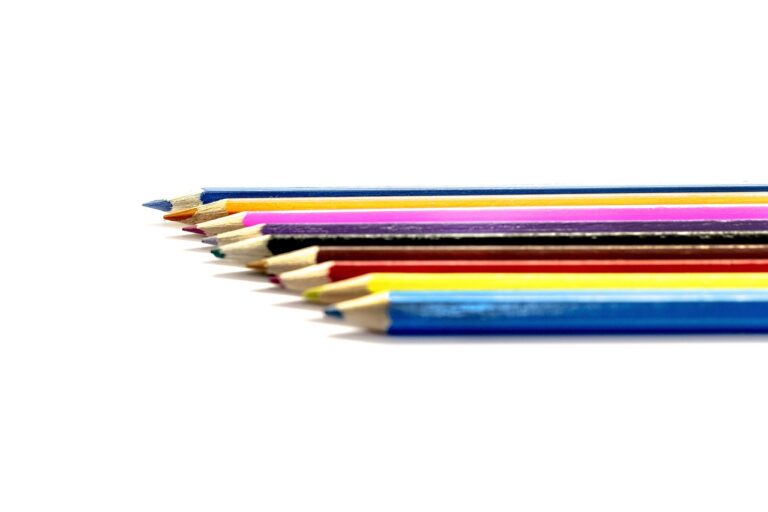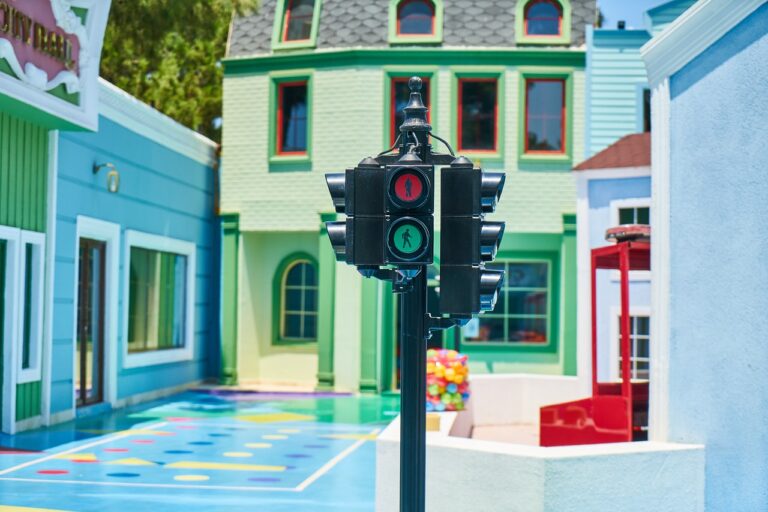Leveraging Digital Storytelling for Language Arts Instruction
Digital storytelling offers a dynamic approach to language arts instruction by combining traditional literacy skills with modern technology. It provides students with a platform to creatively express themselves through the integration of multimedia elements such as images, audio, and video. This interactive and visually stimulating form of storytelling not only enhances students’ communication skills but also fosters their critical thinking and digital literacy abilities.
Moreover, incorporating digital storytelling in language arts instruction can cater to different learning styles and preferences, making the curriculum more engaging and accessible to a diverse range of students. By allowing students to create and share their own digital stories, educators can empower them to take ownership of their learning and develop a deeper connection to the subject matter. This hands-on and collaborative approach not only cultivates creativity and self-expression but also promotes empathy and understanding as students explore diverse perspectives and narratives.
Examples of Effective Digital Storytelling Tools for Language Arts
One popular digital storytelling tool in language arts instruction is Adobe Spark. This user-friendly platform allows students to easily create visually appealing stories by combining images, text, and audio. With features such as customizable templates and built-in design elements, Adobe Spark empowers students to express their creativity and enhance their storytelling skills.
Another effective digital storytelling tool for language arts is Book Creator. This versatile tool enables students to design their own interactive ebooks, incorporating text, images, audio, and video. By engaging in the process of digital book creation, students can strengthen their writing skills, enhance their understanding of storytelling elements, and showcase their work in a dynamic and engaging format.
How Digital Storytelling Enhances Student Engagement in Language Arts
Digital storytelling is a powerful tool that can enhance student engagement in language arts. By incorporating multimedia elements such as images, videos, and audio, students are able to express their creativity in a more interactive and engaging way. This can help to capture the attention of students who may struggle with traditional forms of writing or reading comprehension, making the learning process more enjoyable and effective.
Moreover, digital storytelling allows students to personalize their learning experience by incorporating their own unique perspectives and voices into their projects. This not only fosters a sense of ownership over their work but also encourages them to explore different narrative structures and styles. As students are given the freedom to choose how they want to present their stories, they become more invested in the process, leading to increased motivation and engagement in language arts activities.





